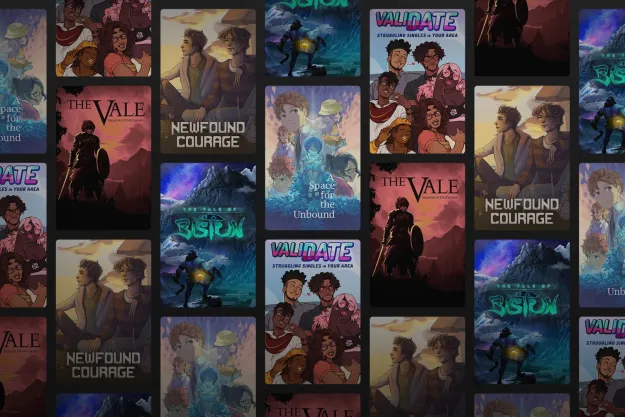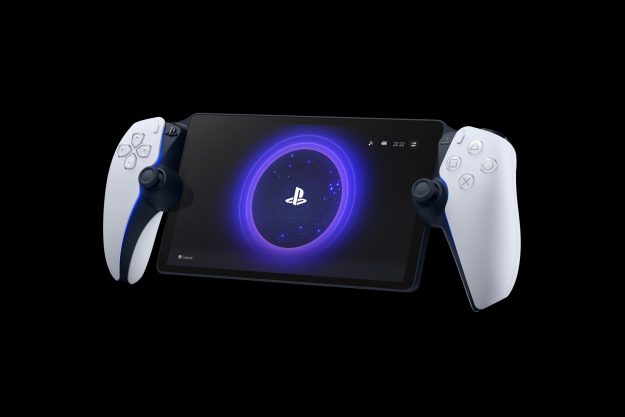Google announced that Android 12 is supporting a new play-as-you-download functionality for newer games. Announced during the Google for Games Developer Summit, this allows players to start playing faster than ever and lets the games be started after only downloading the essentials for running.
The play-as-you-download function isn’t completely new to Android. However, this new Android 12 firmware will make the system default to it for new Google Play titles.
The way that the procedure works is that the system will split up the largest assets of the game. The categories of the split will involve what is immediately needed to run the game and what can simply be downloaded later. The remaining pieces will be added in the background without getting in the way of playtime.
During the digital conference, Google stated, “We’re seeing 400-megabyte games becoming available in 10 seconds instead of several minutes.” It also claims that this will make for a dramatically upgraded user experience.
The company adds that players won’t have to change their game if they choose to opt into the play-as-you-download feature, doing away with fears of losing progress. “If you use the Android app bundle format, simply upload your game, and we’ll do the rest on
While developers currently have to join the beta for this option, in the future, Google will default to this system for games, with it becoming mandatory in August.
For those wondering when their phone will be receiving Android 12, Google shared a roadmap with beta dates, confirming a final release is coming sometime after August.
Editors' Recommendations
- PlayStation State of Play returns this week, will feature 14 PS5 games
- The Nintendo Switch just got 2 surprise games — and they’re both worth grabbing
- Epic still plans to bring its Games Store to iOS and Android this year
- PlayStation spent 2023 setting up dominoes. But will they fall in 2024?
- Google loses landmark antitrust lawsuit against Epic Games



